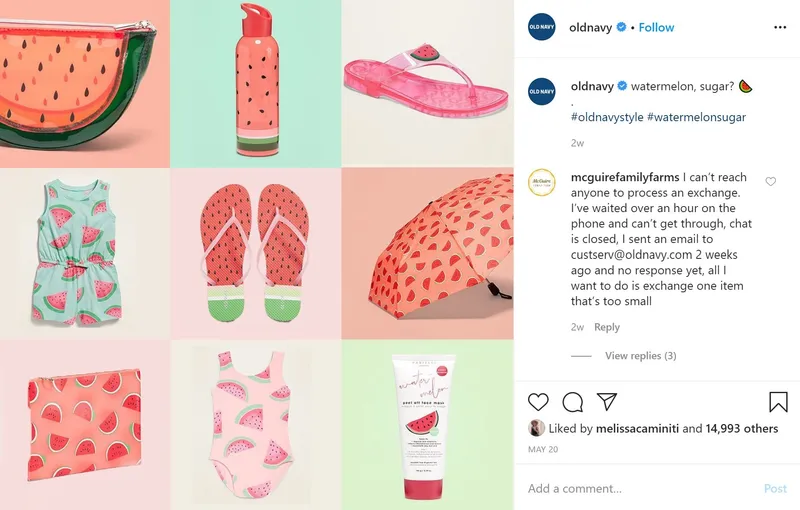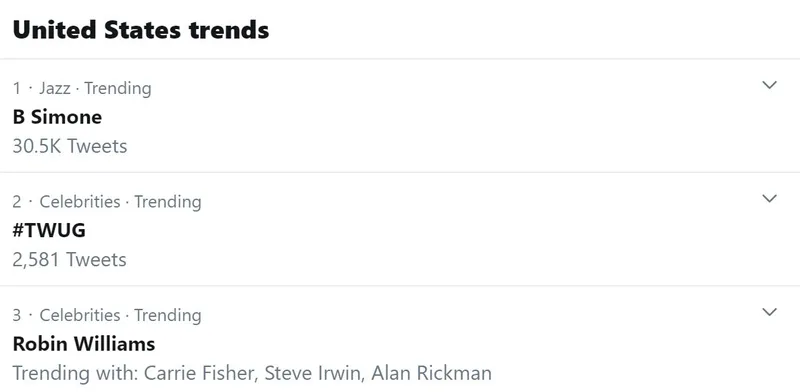

7 Hashtag Mistakes Startups Can Avoid Making
Hashtag mistakes continue to happen to even the most experienced of brands—for startups, it can be a long and arduous learning process. But with some trial and error, and steady monitoring, startup marketing teams can find the hashtag combinations that improve their reach and generate more leads.

Photo by Randalyn Hill on Unsplash
Hashtags are a necessary part of social media marketing—but they are also easy to get wrong.
There are numerous hashtags that can be used across multiple platforms—choosing the correct ones for your company is where things get tricky.
You need to outline the hashtags you want to use in your digital marketing—use tools like mind maps to brainstorm possible hashtags and organize them into your posts.
And once you have these hashtags outlined, avoid making these seven common hashtag mistakes that startups tend to make.
1. Number of Hashtags

One of the major hashtag mistakes that startups make is to use the wrong amount in their posts.
What is the right amount? Though there is no definitive answer as yet, we do know that Facebook and Pinterest don’t hold much store by hashtags.
On the other hand, Twitter, Instagram, Snapchat, and TikTok rely heavily on hashtags to generate conversations.
There has been a long debate over how many hashtags should be used on these channels and the responses continue to vary.
Some marketers have found success by using a handful of carefully chosen hashtags. Others have found that using fewer hashtags narrows their audience too much.
At the same time, it’s important to note that platforms like Instagram have a set limit on the number of hashtags that are allowed in a post caption—you can’t use more than 30 in a post.
Many believe that by using the entire slot of 30, you increase how many users see your post.
Conversely, exhausting that number of hashtags can make your caption look ungainly—and worse, can make the brand look unfocused. There is a delicate balance to strike here.
The general consensus is to test posts with varying numbers of hashtags—use a few tags in some posts, and more in others to understand what works better for your brand.
2. Unbranded Hashtags

There are millions of hashtags used across social platforms—how can a company stand out if they use the same hashtags as everyone else?
This is why startups need to create a branded hashtag that will help them engage with audiences organically—not using it would be a hashtag mistake that one can’t return from.
Branded hashtags also make it easier to run social media contests like user-generated content campaigns.
For such contests to be successful, users are asked to incorporate a branded hashtag in their captions, making it easier for companies to find their posts.
Using a branded hashtag makes the process of analyzing the success of your posts more effective, as well—one can better examine the reach of the campaign and your brand.
3. Not Optimizing Bios

Hashtags are most commonly used in posts and Stories, but branded hashtags should always be included in social media bios, as well.
Including a hashtag in your bio lets visitors to your profile page know where they can find more content associated with your brand.
This will also give them access to posts about the brand—beyond what the company shares on their social channels.
Aside from branded hashtags, bios should also include campaign-specific hashtags.
When holding a user-generated content campaign, or promoting a hashtag contest, it is best to add these hashtags to the bio for increased visibility and awareness.
For brands that appeal to a certain demographic, including a popular hashtag for that group in one’s bio can also help to generate more leads.
4. Going Off-Trend

With field service industries coming into the limelight due to current global conditions, it has become imperative that social channels are optimally used.
Using the correct hashtags for social media posts is a core part of field service content management—but this aspect of the digital sphere extends across all industries.
There are certain events and moments that are universally acknowledged and their associated hashtags can be used to promote one’s brand.
For instance, the holiday season has a number of related hashtags—incorporating these in your posts increases visibility to users who may not be actively looking for your brand.
There are also hashtags that become popular for a limited amount of time—for a few hours or a day.
It is harder to capitalize on these but if you can create relevant content for it, you can boost awareness for your brand.
However, when using trending hashtags, it is important to note the context that they exist within—don’t arbitrarily tack on a popular hashtag for the sake of views.
If the tag has nothing to do with your content or your brand, you will end up hurting your brand image instead of improving your reach.
5. Overusing the Same Hashtags
Some hashtags fit perfectly with your company’s image, but that doesn’t mean that you use those same hashtags in every post.
By using the same tags too frequently, you lose out on reaching a diversified audience—the same people looking through the same hashtag will keep seeing your brand’s posts.
It is better to use a variety of popular hashtags across different posts—a handful of niche tags relevant to the post, alongside a few popular ones.
The only exception to the overuse rule is your branded hashtag—this should be used on every post to ensure your audience knows that it belongs to your company.
6. Using Only Popular Hashtags

We have established that using hashtags correctly can be a challenging prospect.
While brands can earn more Instagram followers by using trending and popular hashtags, these aren’t the only tags you should be using.
There are two reasons why—for one, these tags are used by so many accounts that your posts will get drowned out.
But, more importantly, Instagram’s algorithms are designed to show the most popular posts associated with hashtags at the top of search feeds.
This puts startups at a disadvantage—they are too new to have amassed millions of followers. Despite using popular hashtags, their posts will still not accumulate the reach they desire.
On the other hand, using niche hashtags with smaller followings will give these posts more traction—but the niche should fit your company and not be too obscure.
7. Not Monitoring Hashtags
Using hashtags in social media posts is only one step of the process—how the tags are performing needs to be monitored to understand what is working.
Being a social media content creator means tracking the hashtags that are generating leads and improving reach, and discarding those that aren’t gaining traction.
Tracking hashtags involves A/B testing on a regular basis—what content performs better when paired with certain hashtags? How many tags should you use to reach your audience?
You should also be looking for the tags people use when talking about your brand—even when they aren’t using your branded hashtags or tagging your account.
There are a number of social media analytics tools that you can use to understand which hashtags, and how many, you should be using for your posts.
Hashtag successes and failures should be noted in a quarterly or annual report to ensure that the entire team is on the same page.
The monitoring process can take some time to perfect but with regular tracking, startups will be able to choose the hashtags that work best for their brand.
Conclusion
Hashtag mistakes continue to happen to even the most experienced of brands—for startups, it can be a long and arduous learning process.
But with some trial and error, and steady monitoring, startup marketing teams can find the hashtag combinations that improve their reach and generate more leads.






